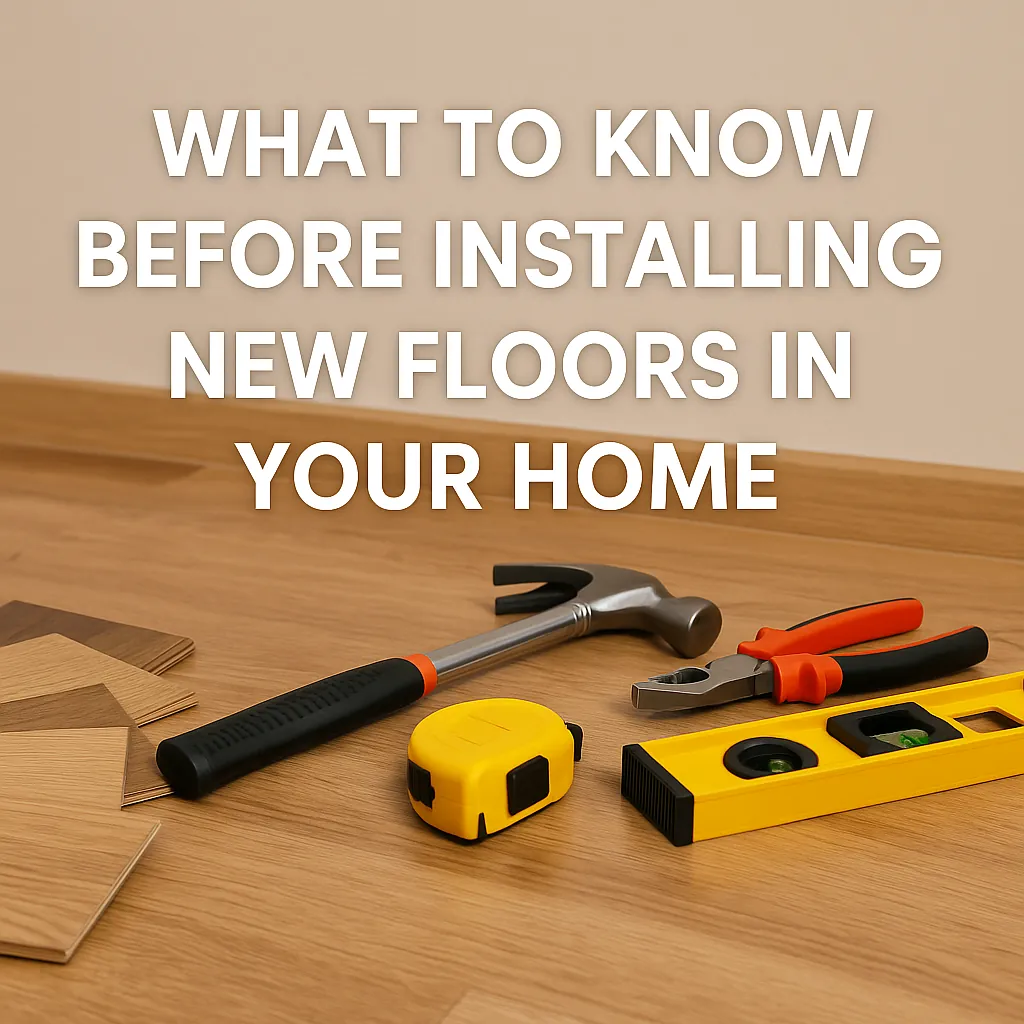Key Differences Between Residential and Office Interior Design
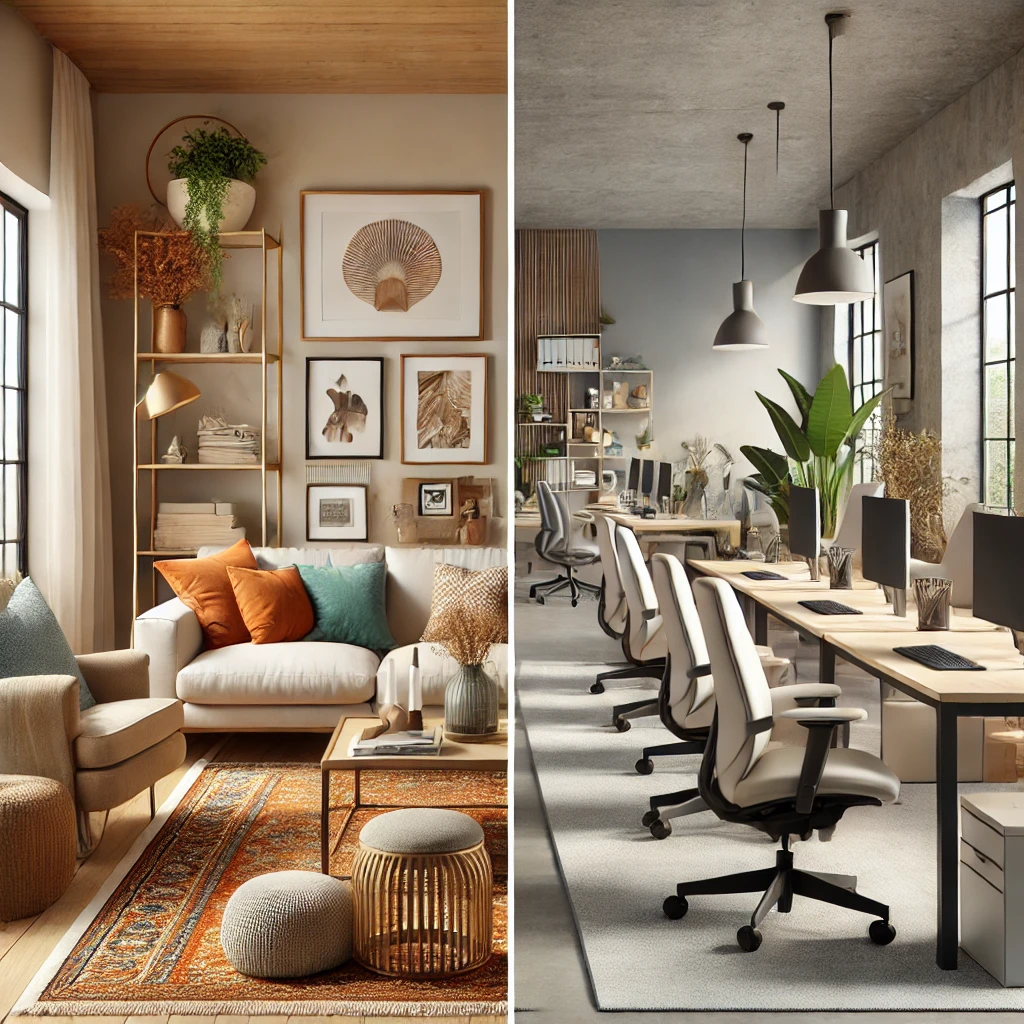
Designing a home and designing an office are two very different challenges. A home is a place to relax and feel comfortable, while an office is a place to work and stay focused. That’s why the design approach for each is different. Residential design focuses on comfort and personality, while office design aims to create a professional and productive environment. Understanding these differences helps create spaces that feel right and serve their purpose well.
Residential design focuses on comfort and personality. A home is a place to relax, spend time with family, and feel at ease. That’s why home interiors often include soft furniture, warm lighting, and personal decorations like family photos and artwork. Colors are usually warm and inviting, and the furniture is chosen to create a cozy and welcoming feel. The goal is to make the space feel like a reflection of the people living there.

Office design, on the other hand, is all about function and professionalism. Offices need to be comfortable for long hours of work, but also promote focus and teamwork. That’s why office furniture is usually ergonomic — designed to support good posture — and the lighting is bright and even to help people stay focused. Colors tend to be more neutral, like gray, white, and blue, to create a clean and organized look. While some offices add color and artwork to reflect their brand identity, the overall goal is to keep the space looking professional.
Privacy is also handled differently. In a home, private spaces like bedrooms and bathrooms are separate from shared areas like the living room. In an office, open layouts are common to encourage teamwork, but quiet areas or meeting rooms are also needed for private work or discussions.
The materials used are different too. In homes, soft fabrics, wood, and natural materials create a cozy atmosphere. In offices, materials like glass, metal, and synthetic fabrics are used because they’re more durable and easier to clean. Office furniture and flooring need to hold up to daily use, while home furniture is designed more for comfort than heavy wear.
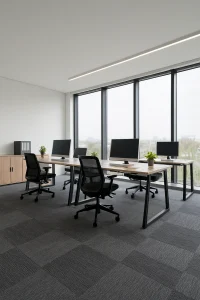
Lighting is another key difference. At home, soft and warm lighting creates a relaxed feel, while brighter lighting is used for cooking or reading. In offices, bright, even lighting is important to keep people focused and reduce eye strain. Natural light is valued in both settings, but in an office, it’s especially helpful for boosting mood and energy levels.
Flexibility is more important in office design. Businesses often need to rearrange spaces as teams grow or work styles change. That’s why modern offices use movable furniture and partitions. Homes, on the other hand, are more stable, with fewer changes over time.
At the core, the main difference between residential and office design comes down to emotion versus function. Homes are designed to make people feel relaxed and connected, while offices are designed to support work and productivity. Understanding these differences helps create spaces that work well for their purpose.
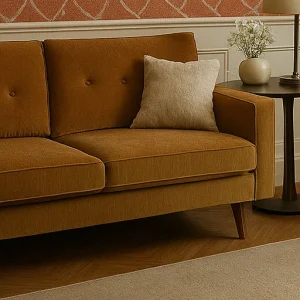
Want to Create the Perfect Space?
At Jidar, we specialize in both residential and office design. Whether you want a cozy home or a stylish and functional office, our expert team will bring your vision to life. Contact us today to get started!
Home design focuses on comfort and personal style, while office design focuses on function and professionalism.
Use natural materials, softer lighting, and add some artwork or plants to make the space feel more inviting without losing its professional look.
For homes, we focus on comfort and personal style. For offices, we create spaces that boost productivity while still feeling welcoming.
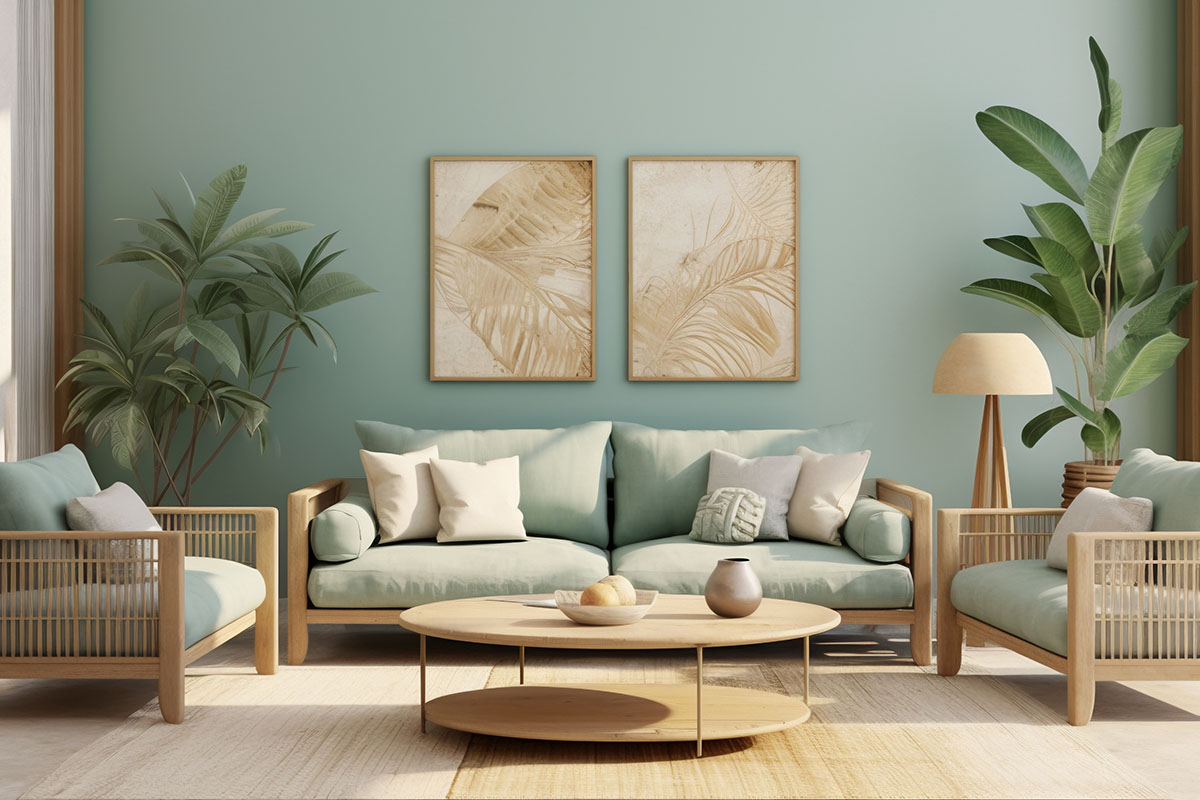
We Operate In Dubai.
We look forward to working with you and creating a stunning home that you and your family will love for years to come!



